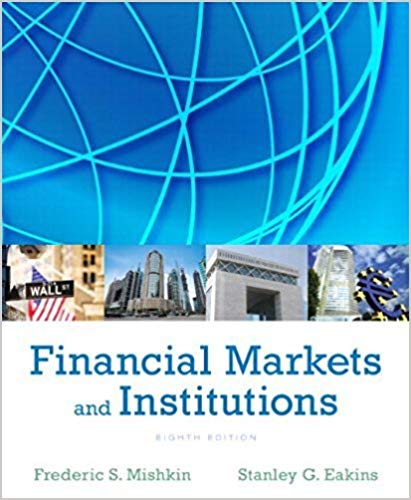


- finance
1. We have observed that the dividends paid by GM were quite "sticky". Which of the following best describe the "stickiness"? A) GM is reluctant to pay dividends B) GM is reluctant to change dividends paid per share C) GM is reluctant to change dividends payout ratios D) GM management takes into account the past trend when reviewing and developing new dividend policy E) B and D F) C and D2. Which of the following statements is FALSE? A) In perfect capital markets, an open market share repurchase has no effect on the stock price, and the stock price is the same as the ex-dividend price if a dividend were paid instead. B) In a perfect capital market, when a dividend is paid, the share price drops by the amount of the dividend when the stock begins to trade ex-dividend. C) In perfect capital markets, holding fixed the investment policy of a firm, the firm's choice of dividend policy is irrelevant and does not affect the initial share price. D) In perfect capital markets, investors are indifferent between the firm distributing funds via dividends or share repurchases. By reinvesting dividends or selling shares, they can replicate either payout method on their own.Kyoto Technologies Inc. has $50 million in excess cash and no debt. The firm expects to generate additional free cash flows of $40 million per year in subsequent years and will pay out these future free cash flows as regular dividends. The firm's unlevered cost of capital is 10% and there are 10 million shares outstanding. The board is meeting today to decide whether to pay out its $50 million in excess cash as a special dividend or to use it to repurchase shares. 3. Including its cash, what is Kyoto Technologies' total market value? 4. Assume that the firm uses the entire excess cash to pay a special dividend. What is the amount of the special dividend per share? 5. If the firm used the entire excess cash to pay a special dividend, what will be the ex-dividend share price? 6. Assume that the firm uses the entire excess cash to repurchase its shares. What will be the amount of regular yearly dividends in the future












